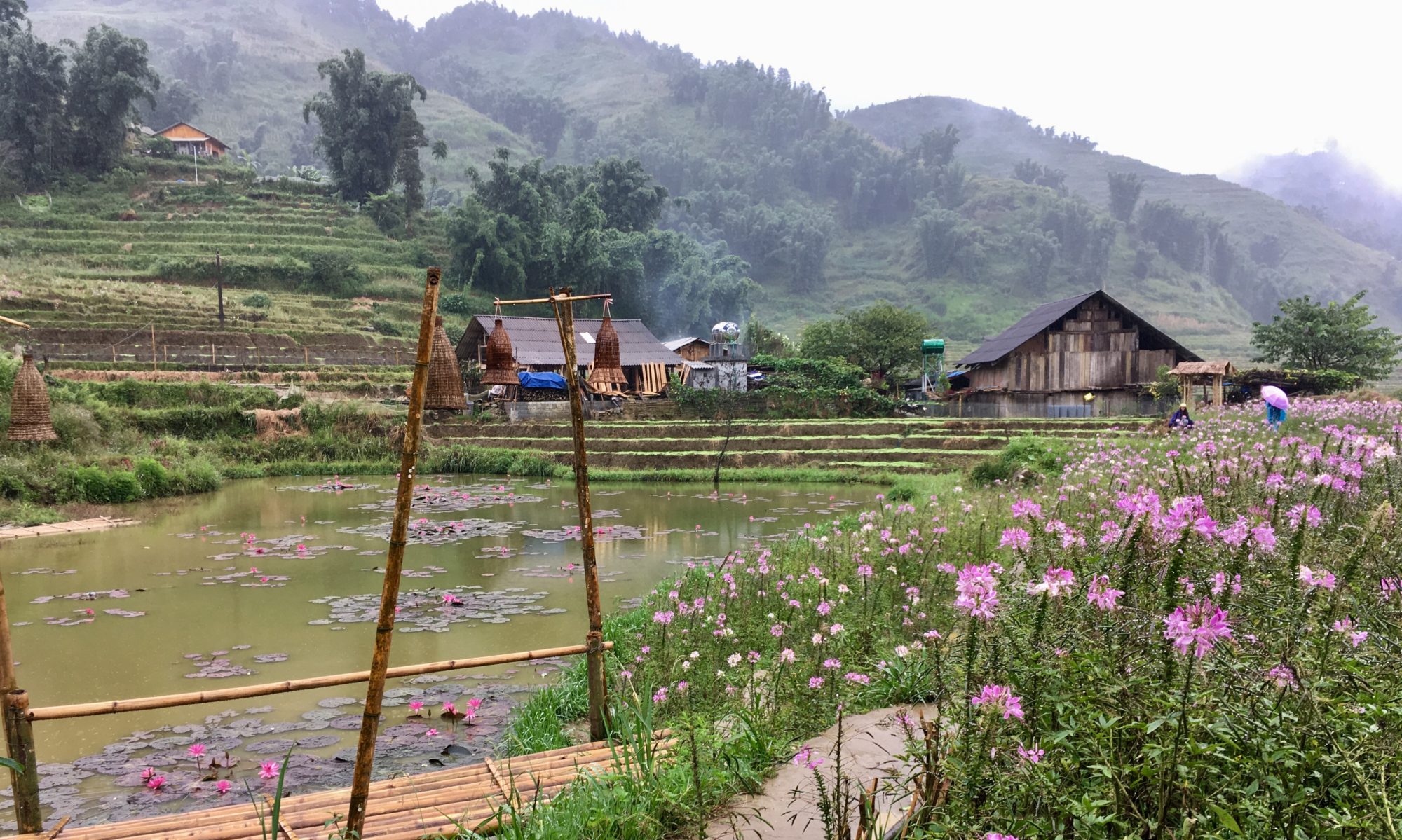My first impression of Yangon was that the city reminded me a bit of Thailand 30 years ago. When there were fewer skyscrapers and freeways. When old trees and dilapidated colonial buildings peppered the streets that had just begun to experience the glut of cars and before it would become world-renowned as the infamous Bangkok traffic. My two friends and I stayed in the city center near Chinatown where houses of worship for Buddhists, Hindus, Christians, and Muslims are seen from one street corner.


Like America, Myanmar was a colony of England. From 1824 to 1948 it undergone wars with the British, became known as a province of British India, and finally gained independence after WWII and Japanese rule like many Southeast Asian countries. Reminders of British imperialism are in government offices, abandoned buildings with ferns growing from the windows of what may have once been the drawing-room of a colonial officer’s family, and right-hand drive cars.


The people are friendly. Many men wear longyi, a cloth around their waist worn like a skirt. Some women wear yellow powder called Thanaka on their faces. Dressing is conservative with arms and legs often covered. Smiles are not hard to find.

We ate our way through street vendors in a market. Boiled offal. Tea leaf salad with peanuts. Durian. Deep fried Indian snacks. Coconut pancakes. The offal was not my first choice, but the many stalls filled with patrons proved the dish popular among locals. It was available in both beef and pork, so I was glad to have our guide with us to make sure I did not inadvertently eat the wrong meat.

It was sold by the stick with each being between 100-200 kyat ($0.07-0.15 U.S.) and came with a bowl of soup used to dip the meat in. The tea leaf salad or Lahpet Thoke has a flavor profile unlike anything I had ever tasted before. It was earthy, slightly bitter, with a citrus aftertaste. The crunchiness of the peanuts and fried garlic contrasted with the softness of the corn and tomatoes. The 500 kyat ($0.37 U.S.) dish was flavorful and nutritious, yet affordable.

The durian here was less crispy than the Thai variety both Laurie and I know and love. But at 2,000 kyat each ($1.46), it was the cheapest durian we ever came across. The flavor was delicious and on point. But for those who are not used to it, it may smell like stinky feet or rotten onion.

Here, the personalities of my traveling companions came to best exemplify them. Laurie did not hesitate to sit at a food stall or try chewing betel nut. Bobby, however, was constantly whispering in the background asking whether it was a good idea to be eating or drinking whatever our guide gave us. I think the combination of both caution and thirst for experience will serve our group well as we travel through this beautiful country.



